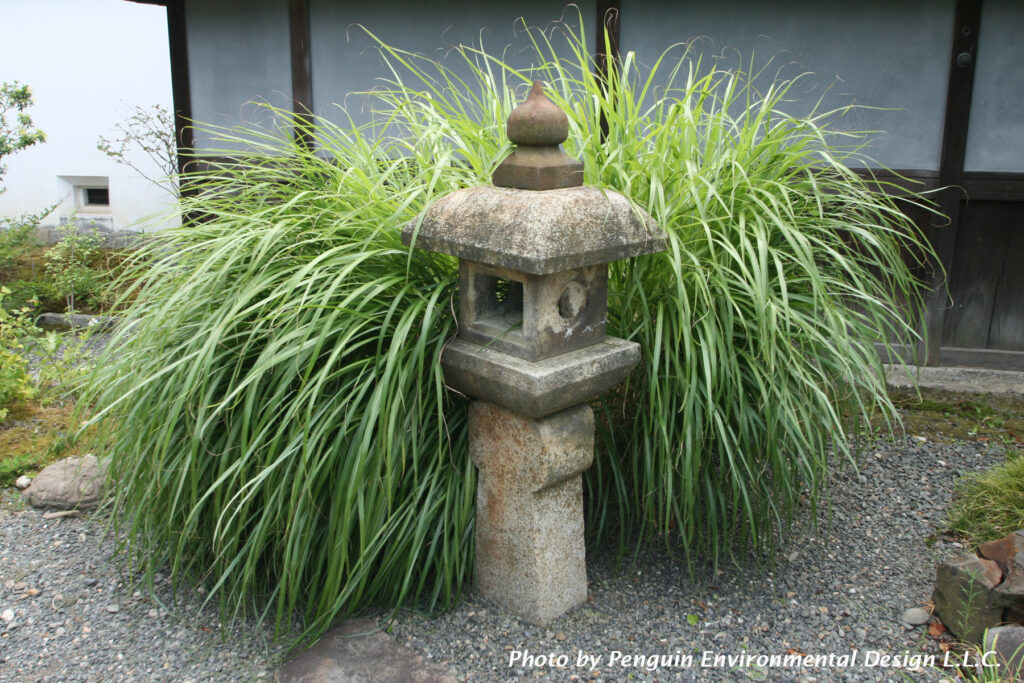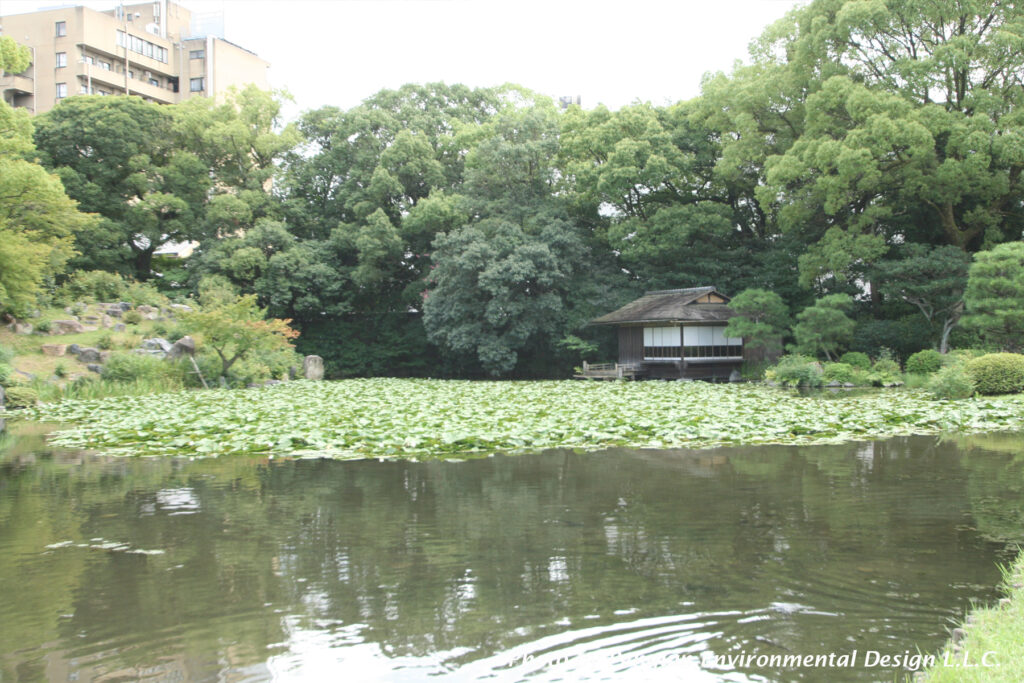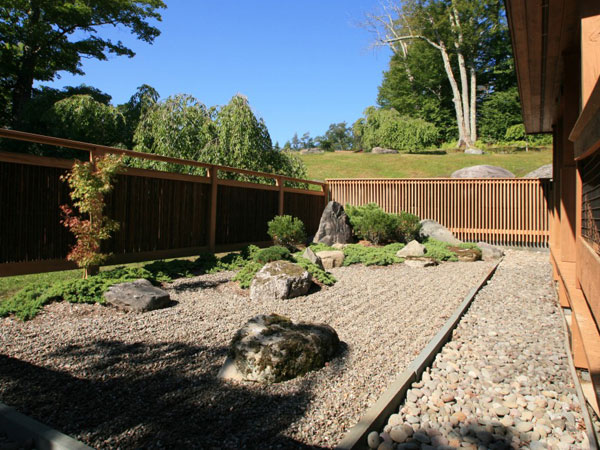Tsubo-niwa and The Tale of Genji

I have not read The Tale of Genji because I am not a big fan of love stories although it is a famous classic novel. But now, I feel ashamed of myself after I knew that the source of the character’s names was gardens. It is because their names came from Tsubo-niwa, a specific type […]
Japanese gardens and Christianity

Although Japanese gardens were influenced by Buddhism significantly, there is some controversy that Christianity also influenced Japanese gardens to some extent. I am interested in this topic because Japanese people have been open to adapting to something new. The first encounter of Christianity for Japanese people was with the Portuguese Catholic in 1549. It was […]
Borrowed scenery 2

As I mentioned in the previous blog about borrowed scenery, we cannot control the scenery beyond gardens. Your neighbor’s big house might block a nice view. Therefore, this garden technique may not be versatile. We can use borrowed scenery under some limited conditions only. In Kyoto city, there are a lot of Japanese gardens. We […]
Borrowed scenery

Borrowed scenery, shakkei, is one of the techniques of garden design. It integrates the scenery beyond the backside of the gardens with the actual gardens. In most cases, borrowed scenery can be easily done when the garden site is near mountains. As a Japanese garden designer, I categorize two types of Japanese gardens using borrowed […]
Kenzo Tange’s Own House

I read the interesting book, “The Japanese House Since 1945”, written by Naomi Pollock. It introduces lots of houses designed by architects. In addition to the chronological explanation of the architectural history, unlike other architecture design books, Her book focused on the families who lived in the houses. That made me find unexpected discoveries. I […]


